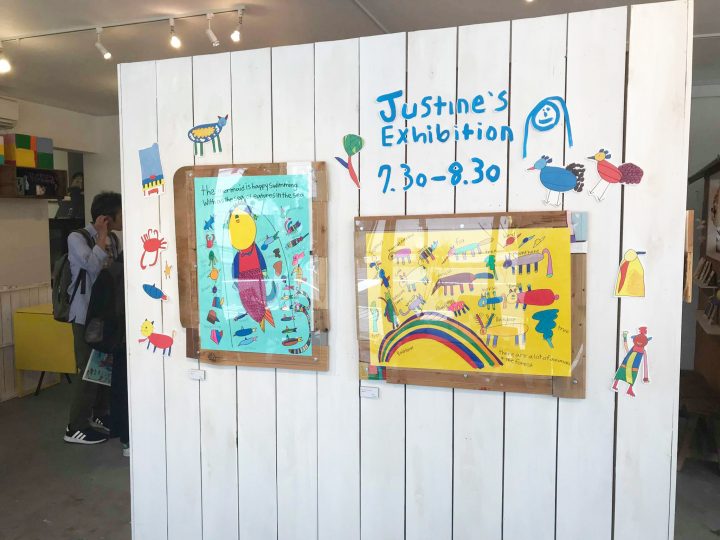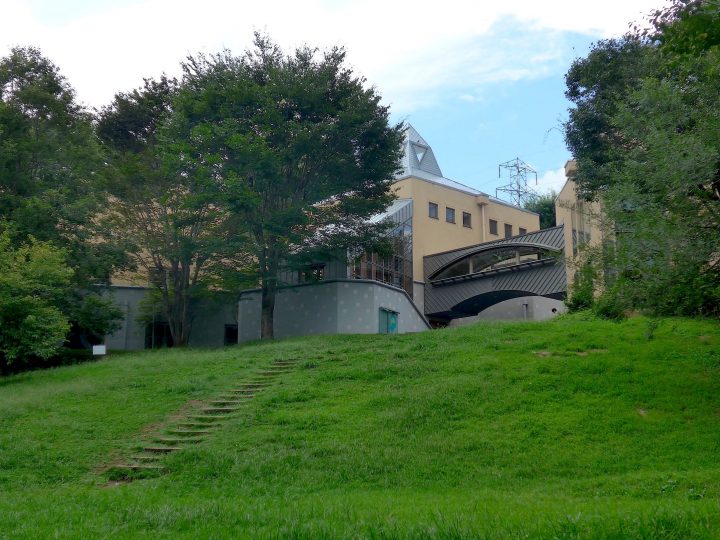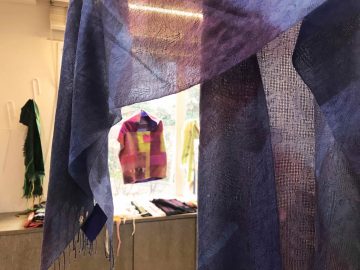Photographer Taku Arai captures everyday life, reality and the future using the 19th century technique of the daguerreotype
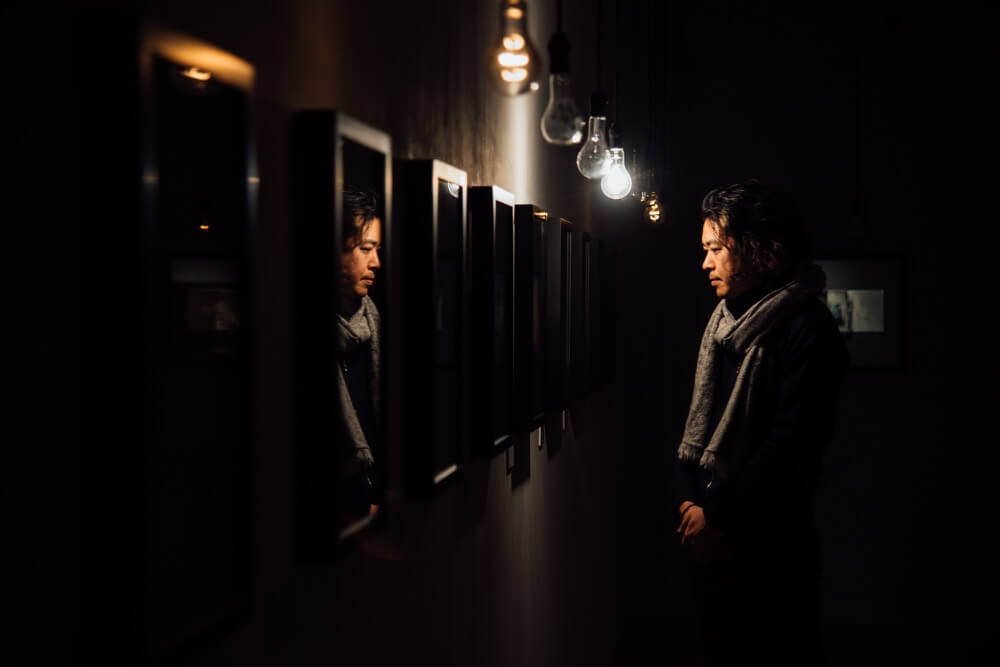
Be prepared and take your position
--What is the process behind a daguerreotype?
First, the silver plate is polished, then it is exposed to light with chemicals, photographed, developed, and fixed. All in all, it takes about 3 to 4 hours for an 8x10 print.
Polishing takes as little as an hour and a half, and up to three hours. Sometimes the photoshoot only takes a few seconds, but sometimes it takes a long time, so I have to stay still. I leave it up to the other person and the environment, and I can't intervene, so I just wait.
Video: Tomoe Otsu / Music: Takeyasu Ando / Cooperation: Tokyo Metropolitan Daigo Fukuryu Maru Exhibition Hall
Takashi Arai / Creation process of the multi-focal monument of the Daigo Fukuryu Maru from Takashi Arai on Vimeo .
--It seems that you are still honing your skills.
I've gotten pretty good at polishing, but there are still a few things I don't understand, and I still don't know how to time the subsequent iodine gas exposure process. I've figured out roughly what the width should be through trial and error, but I'm still experimenting.
If the exposure process is off by a few seconds, the image will no longer be visible, but the humidity and temperature vary from day to day, so the reaction speed changes. This speed is not necessarily proportional to the temperature, so you have to do it by physical sensation under the conditions at the time, which is difficult.
--Why did you choose daguerreotype as your production method, even though it is such a time-consuming process?
Immediately after the Great East Japan Earthquake, I was asked by an overseas magazine to take photos of the disaster area, so I took out my digital camera, but I couldn't take any pictures at all. I've taken on a variety of jobs as a professional, but this was the first time I'd had to turn down a job midway through, and it was the first time I'd experienced failure, or rather, just when I thought I couldn't do it, if I'd just happened to use a daguerreotype, I'd be able to take the pictures. That was all I had.
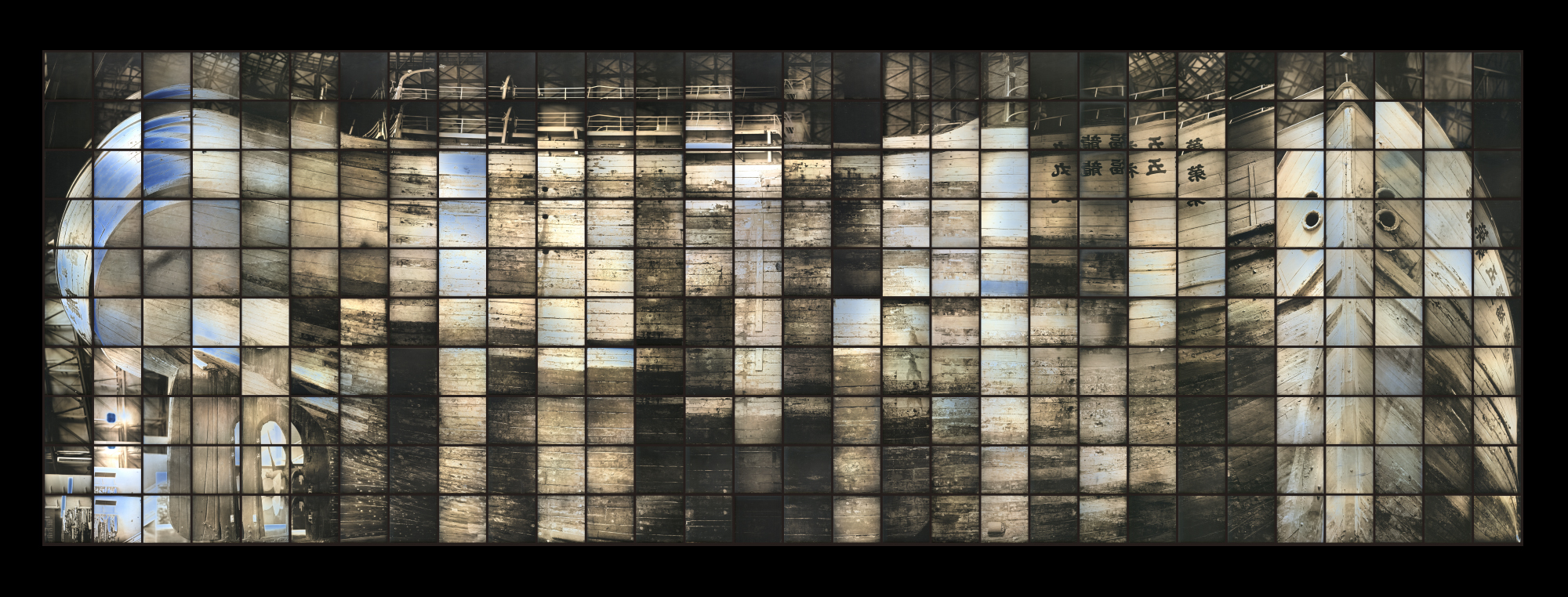
Multi-Focus Monument for the Lucky Dragon No.5, 2013
Especially in Fukushima, the first thing I felt when I held the digital camera was that I didn't really know where I was, or rather, I felt like I was taking more from an already damaged place. It felt like I was taking pictures and then running away. On the other hand, with daguerreotypes, you have to set up a darkroom tent on-site, and the camera is big, so you can't run away. Once you decide to take a picture, you have to stay there for a whole day and take the pictures. It was like I was put to the test, and once I made up my mind there, my position became stable, and I started to think that it would be okay to take pictures.
"Nuclear" as a "reality" in daily life
--You said that your encounter with the Daigo Fukuryu Maru (a ship exposed to radiation during a US hydrogen bomb test) was what prompted you to start creating works related to nuclear weapons.
People often say that my work is themed around nuclear weapons, but I don't set a specific theme at all. I shoot anything, but the nuclear issue happened to be the most influential issue in my life, so I had no choice but to accept it. I have never actually thought about making nuclear weapons the theme of my work. When I visited Fukushima, I wondered why Japan had become such a nuclear power, and as I gradually researched it, I began to learn later that it was connected to the atomic bomb and the secret agreement between Japan and the United States. Rather than deciding on a theme, it was just something that was very real to me in my life.
